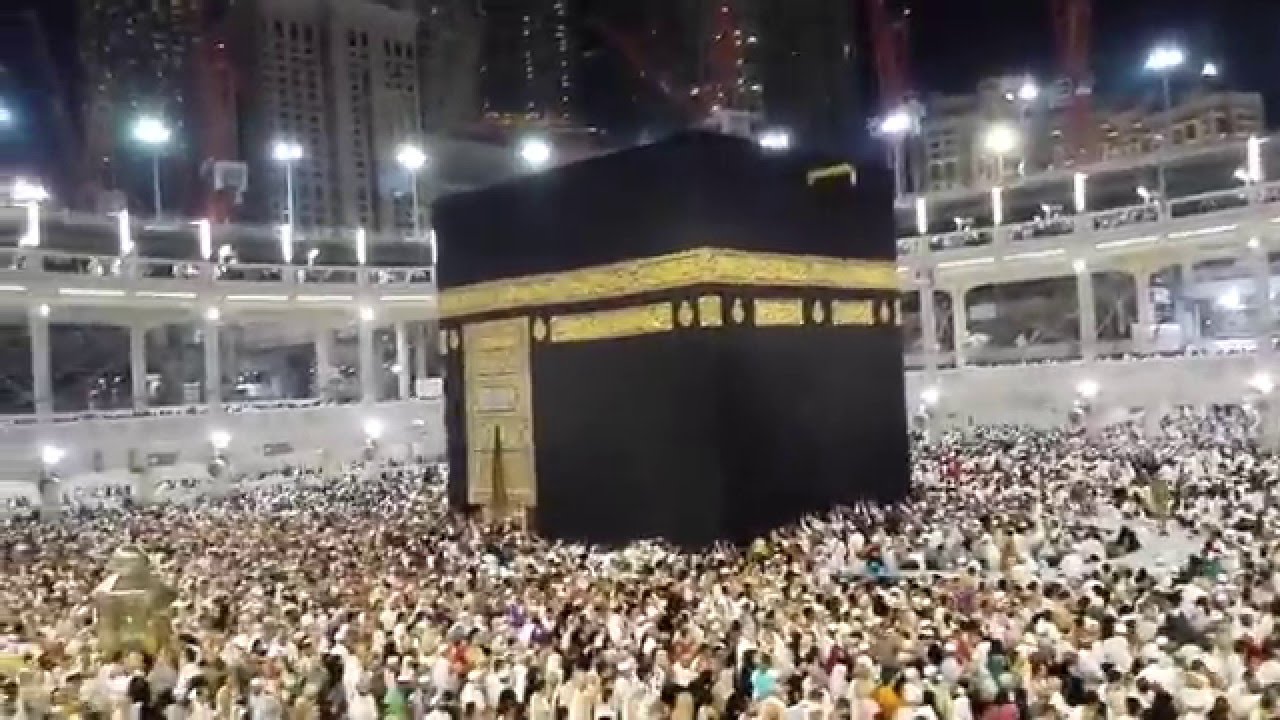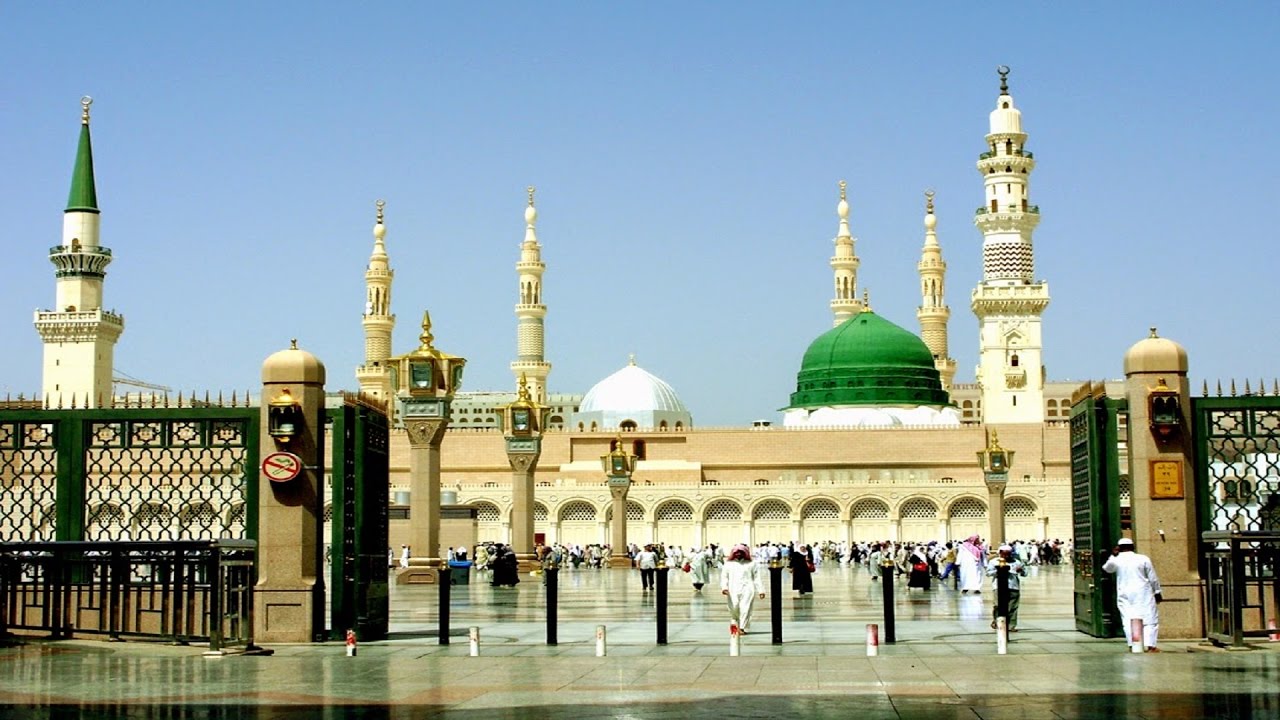Dars e Imam-Tomb Ijma
“Bismillahir Rahmannir Raheem””Al-Hamdu Lillaahi Rabbil ‘Aalameen was Salaatu was- Salaamu ‘Alaa Sayidinaa Muhammadin wa Aalihi wa Asabihi Ajma ‘een (tauheed- risalat- ahkirat and islam-iman-ihsan)
The legality of having a tomb connected to the mosque comes from
the ijma of the salaf with regards to the grave of the Prophet ﷺ which was buried in the room of Ayesha (radiAllahu anha). This room of Ayesha was connected to the
mosque. Moreover, the ijma of salaf also existed in including the room as part
or within the expanded structure of the mosque. Shaykh Ali Jumah
summarized the incident as follows:”In the year 88 A.H., Al-Walid Ibn Abd
al-Malik issued orders to the governor of Medina at that time, ‘Umar Ibn Abd al-‘Aziz, to include the room
where the Prophet was buried within the premises of the mosque itself. Scholars
from among the seven scholars of Medina approved of this and none of them
objected except Sa’id Ibn al-Musaib. He only protested because he wanted to
preserve the Prophet’s quarters to serve as an example for Muslims to become
acquainted with the living conditions of the Prophet and thereby renounce
worldly pleasures not because he maintained the prohibition of praying in a
mosque containing a grave.”
This ijma is also a reflection of another similar case recorded by Musa ibn
‘Uqba (d. 141H) recorded –in his Maghazi with a Sahih chain (Also recorded by
Ibn ‘Abd al-Barr in his Isti’ab, Ibn Ishaq in his Sira, and others.) – that when one of the Sahaba (Abu Basir) died,
a masjid was built over his grave in the presence of 300 Companions. This was
towards the end of the Prophet’s ﷺ earthly
life, when the Sahaba were far away from the risk of shirk.
Furthermore we see in Sahih al Bukhari, the following narration as a part of
long narration:”Abdullah related that the Prophet ﷺ prayed at the end of the upper part of the valley behind al-‘Arj
if you are on the way to Hadba.*There are two or three graves at that mosque,
on which are piles of stones, to the right of the path at the large stones
marking the path. ‘Abdullah used to return
home from al-‘Arj after the sun had declined from midday. He would pray Dhuhr
in that mosque.'” [Sahih Bukhari, Hadith No.470]
Moreover, the tombs that are in
existance today are not considered as a masjid in and of itself, in the first
place. Many of them are mere structures
to facilitate ziyarah and mark the grave, by a bayt over it. And those places
were mosques do exist, they are built in the vicinity of
the grave and is
usually seperated from the tomb by some form of a barrier and exist as part of
whole complex of buildings. The tomb is also at times used as a place for preserving the
relics of the individual and provisions are made to facilitate ziyarah.
Therefore, the argument made against ahlus sunnah that they turned graves into
masjid is completely false, as neither
the grave itself nor its immediate close surrounding was considered ever as a
masjid. They were instead
seperated from the masjid, just as the bayt in which rests the Prophet peace
and blessings be upon him, was seperated by walls from the masjid. The grave by
itself never tookover the function of a masjid.
But even despite this, if the misguided group say that such seperation is not
enough, then:
1) They are opposing the sahabah and salaf who took the warnings related in the
hadith by putting up a barrier between the grave and masjid.
2) They need to bring their own proof if they are truthful, as they shoulder
the burden to provide evidence as to
how many metres or kilometres away from a grave can a masjid be built or salat
be performed.
Without it, then they themselves are the real heretical innovators for introducing laws into the religion
which never existed in the shariah.
The sixth meaning, which some of the Maliki scholars related is
that of frequently visiting the graves whereby it becomes equivalent to a
person’s frequency in visiting a masjid. Scholars have divergent opinion on
this whereby others held on the basis of different narrations that graves do
indeed have to be frequently visited. Therefore, it is not proof enough for
some to force their opinion upon others by selective choosing (as in the case
of najdis most of the time transgressing their supposed adherence to hanbali
madhab), despite the different readings of the hadith. Moreover, it is
regarding the dislikeness of “frequently” visiting and not a
dislikeness of in-frequently visiting. And
indeed the greetings upon the Prophet ﷺ reaches
him from any place on the earth and hence it is not a requirement that a person
has to always visit the graves to send their greetings.
But despite all this, it cannot be a proof for the — who claim
with much pride that they would accept the opinion of the Imams only if they
find proof of it in from the Quran and Sahih Hadith. So until they give direct
unambiguous proof from Quran and Sahih Hadith without any possibilty of
speculation, to support this interpretation; the stand taken by the — would
remain rejected by their own principles.
Some of the wahhabiyya have tried to counter argue that since the Prophet ﷺ was buried within a pre-existent room therefore it is a different
scenario and not proof for constructing a tomb or bayt post burial. This
reasoning is false, because if the prohibition is true, it would be directed at
the structure and not the timing of construction. They could have simply destroyed the
structure over the grave to adhere to the condition of the narration.The
actions of the salaf instead shows that they on the contrary rebuilded and
expanded the structue, thereby clearly refuting such claims:
Narrated ‘Urwa: When the wall fell on them (i.e. graves) during
the caliphate of Al-Walid bin ‘Abdul Malik, the people started repairing it,
and a foot appeared to them. The people got scared and thought that it was the
foot of the Prophet. No-one could be found who could tell them about it till I
(‘Urwa) said to them, “By Allah, this is not the foot of the Prophet but
it is the foot of Umar.” [Sahih Bukhari Volume 2, Book 23, Number 474]
If the salaf, being the best of generation, had no problem with rebuilding it
then, neither should the — who all this while self labelled themselves as
followers of the opinion of salaf, be hypocritically abondoning the salaf when
it goes against their claims.
Moreover, the implication of such an argument is that it is permitted to bury a
person within a mosque or structure, and the only condition to be satisified is
that the tomb or mosque should be in existance prior to burying an individual.
So by this argument itself, it becomes permissible to construct a tomb first
and then later shift a persons body inside the tomb or even within a
masjid.This opinion of theirs as we see is nothing but a mockery of themselves
and their incoherent claims.
Be realistic in life, this duniya is temporary and fani what lies is the ahkirat –realistic and baqi/eternal.
Free from duniya =qurb e elahi
When I want to talk to allah I say prayers and when I want that he talk to me I recite quran- Hazrath Ali(ra)
Make sure you forward this to others .


